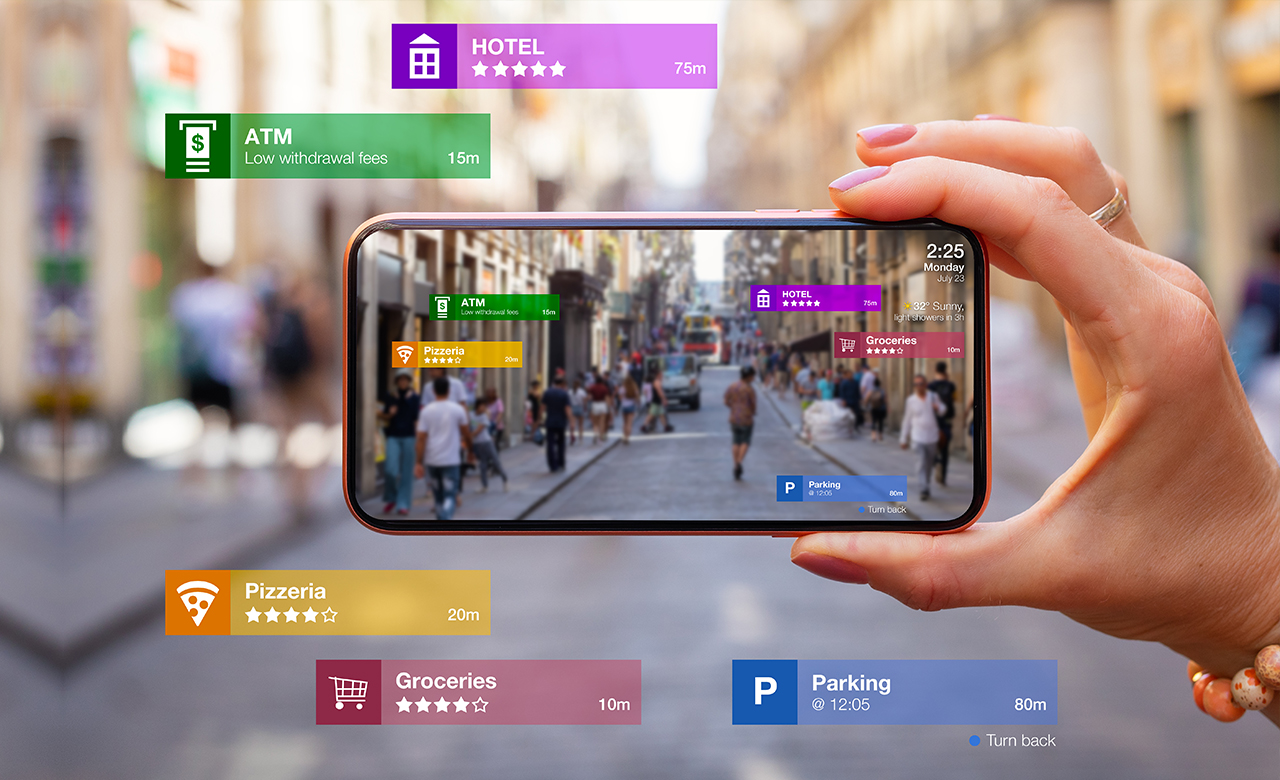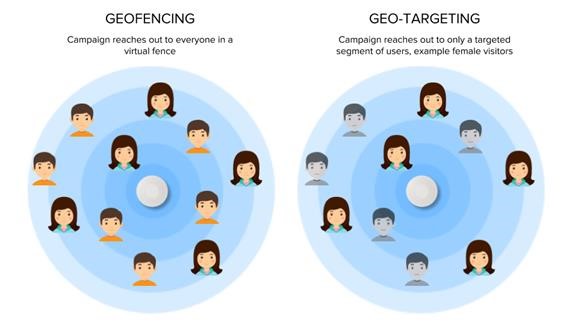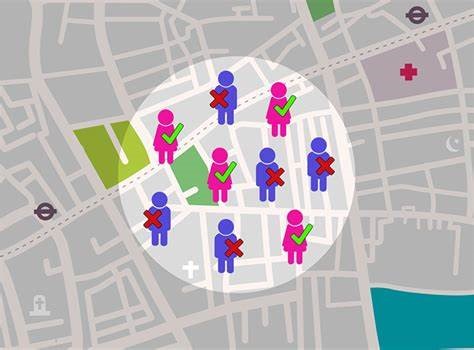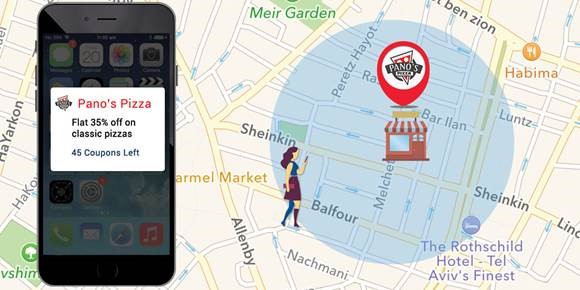
Location-based marketing helps companies focus on consumers at an individual level, which also increases the level of awareness of the customer regarding the goods and services available to them in close vicinity. A business can target a user based on the user’s location by utilizing GPS in outdoor environments or indoor positioning inside buildings. For understanding this real-time position as people navigate the indoors, a number of technologies can be used, including beacons, wi-fi, RFID, and geomagnetic, this is where Indoor Positioning and Indoor Navigation (IPIN) comes into play.
IPIN primarily enables users to access a central platform that helps them detect or track the geographical location of assets and personnel using wireless technologies. While the most common uses for this technology are to offer solutions for navigation, mapping, wayfinding, asset tracking, better connectivity, workflow optimization through asset and personnel tracking, etc., it can be used very effectively for location-based marketing through location analytics.
What are the types of location-based marketing?
Tracking the location of people has become very feasible nowadays as the use of connected devices is rapidly increasing in the form of smartphones, watches, vehicles, etc. This helps organizations understand the consumer’s needs and likes to use targeted marketing to push relevant content and offers. The ways in which users’ location knowledge can be used for marketing campaigns are:

Geofencing– By creating a virtual fence around any location, such as the vicinity of your retail facility or the perimeter of a complementary business nearby, it is possible to narrow down the target audience for a marketing campaign. These potential customers, who have entered your geofence with a smart device, can be sent relevant content, offers, proposals, or notifications to influence their next steps in your favor.
Geotargeting– To further enhance the concept of geofencing, it is possible to include behavioral and demographic data along with the location data to define the target segment even better and provide a tailored contextual experience. By sending customized messages to these prospective clients, companies can improve the quality of customer service and engagement significantly.
Geoconquesting– The knowledge of a user’s location can be used to distract potential customers from the competitors by initiating an engagement with customers near the location of that competitor. This can become an important tool to attract new customers and expand your market share by ensuring that the competitors’ customers know about your offerings and offers, especially for quick-service businesses.

Applications of Location-Based Marketing
Indoor positioning analytics helps organizations discover what the visitors are looking for and their routines, which can then be used to enhance the overall customer experience and operational efficiencies. Some of the ways to do the same are:
Venue Layout Optimizations– As a venue manager understands how people move around the relevant space, the inferences can be leveraged to make informed decisions, enabling better space optimization to monetize the most popular areas and find ways to boost the unpopular spots of the venue.
Better Customer Engagement– When each customer is profiled individually based on past behavior around a certain location, it would be easier to share relevant content and advertisements with them to increase engagement, which could eventually convert into better customer loyalty.
Footfall Management– In a large space with multiple businesses in close vicinity, location-based customized marketing can enable a seamless and even flow of people across the entire venue. Therefore, it is possible to fuel the attendance of different businesses by informing people about the nearest, most relevant events or sending promo codes for the same.

How can RMSI help you?
Location-based marketing not only helps to add a personal touch to the outreach of businesses, but real-time monitoring of prospective customers’ locations also gives a deep insight into their needs and buying behaviors.
The indoor mapping, navigation, and analytics services from RMSI can form the basis of understanding broader perspectives on business development using the limited space as an optimized asset. RMSI’s indoor mapping solutions also enable organizations to target the right customers, thus increasing sales and reducing customer acquisition costs.